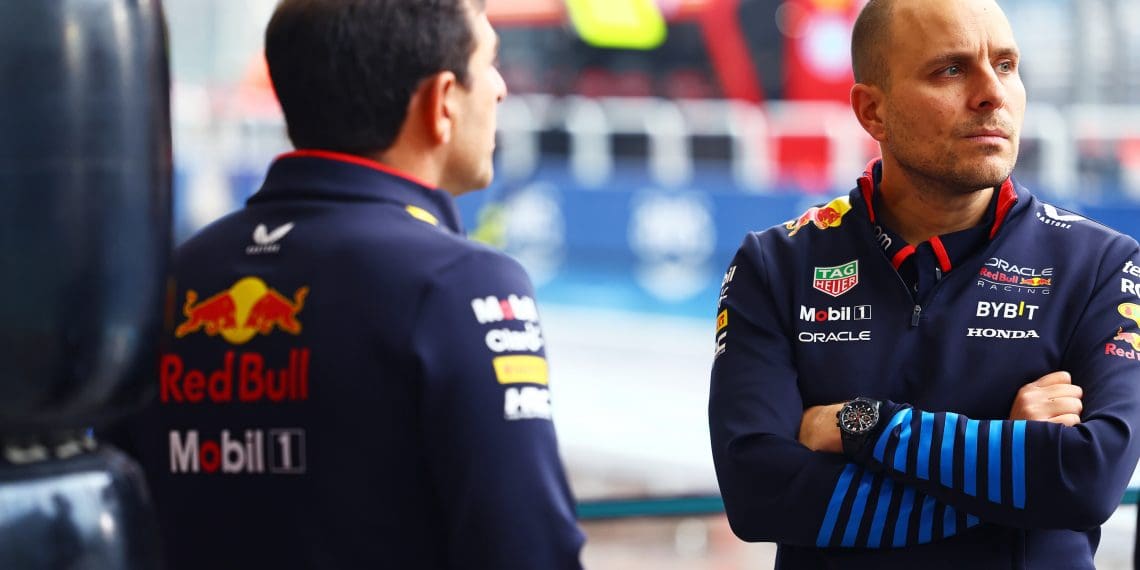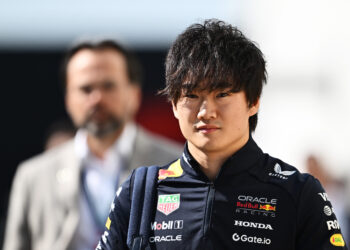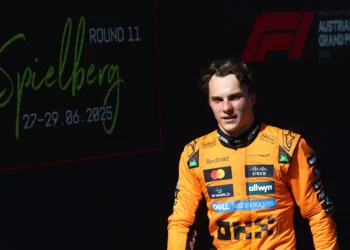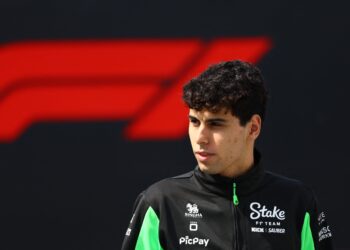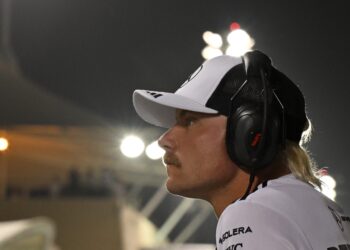In the high stakes world of Formula 1 racing, the driver often takes center stage, but the unsung hero of this thrilling sport is the race engineer. This crucial team member performs an essential role by unlocking the maximum potential of the driver-vehicle duo, a critical determinant of success on the racetrack.
The responsibilities of a race engineer are manifold and extend well beyond the confines of the race weekend. One of their key duties is to translate the driver’s feedback into tangible set-up modifications, thereby enhancing the performance of the car to secure optimal race results. The ability to interpret the driver’s comments, convert them into actionable changes, and then communicate these to the technical team is a skill that sets great race engineers apart.
Rare exceptions aside, race engineers are typically the sole conduit of communication between the drivers and the team. They act as the drivers’ voice, relaying critical information to the broader team and ensuring that all adjustments align with the drivers’ preferences and driving style. The relationship between the driver and the race engineer must be one of trust, understanding, and mutual respect, given the significant impact their collaboration can have on race outcomes.
As we look towards the future of Formula 1 racing in 2025, the role of the race engineer will only become more critical, particularly as technology continues to advance. As the vehicles become more complex, the need for skilled engineers who can optimize these machines’ performance will only grow. Their ability to interpret and implement driver feedback will be the key to unlocking the full potential of these high-tech vehicles and their drivers.
In conclusion, the operative role of the race engineer, often overshadowed by the glitz and glamour of the drivers, is an essential cog in the wheel of Formula 1 racing. The symbiotic partnership between the driver and the race engineer can make or break a team’s success on the racetrack. As we speed towards the future, the importance of this role will only be magnified, heralding a new era of technological innovation and performance optimization in the world of Formula 1 racing.

